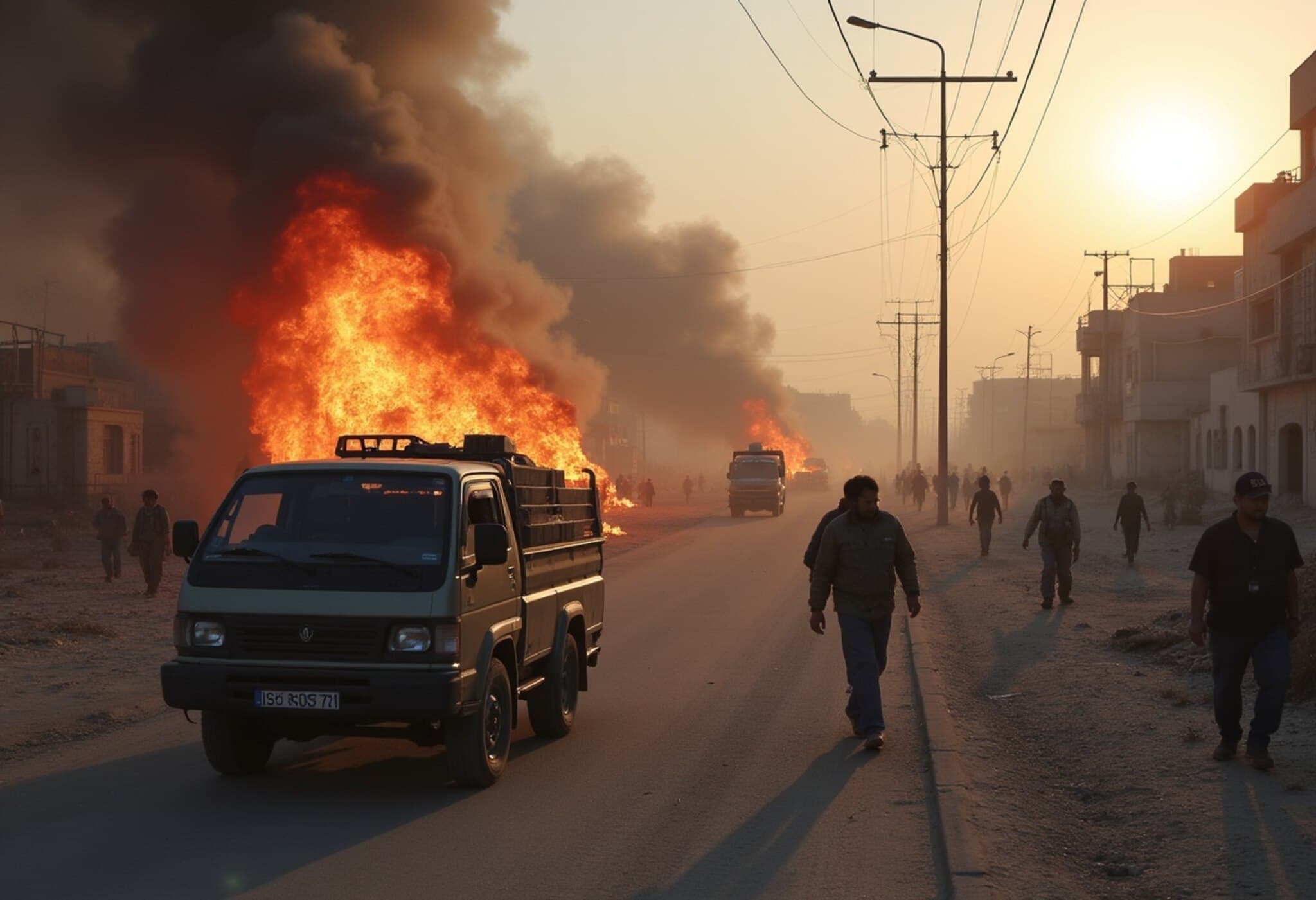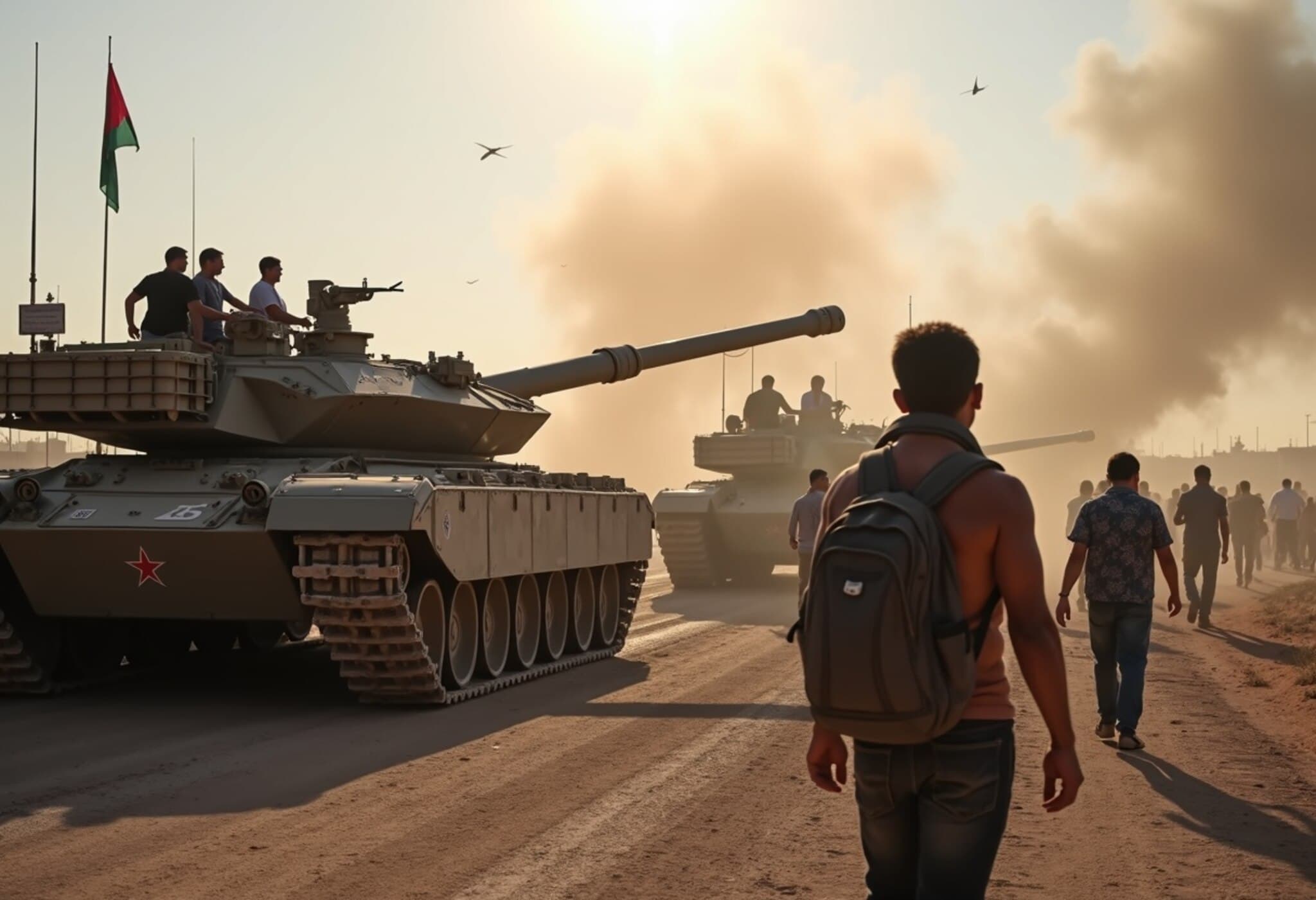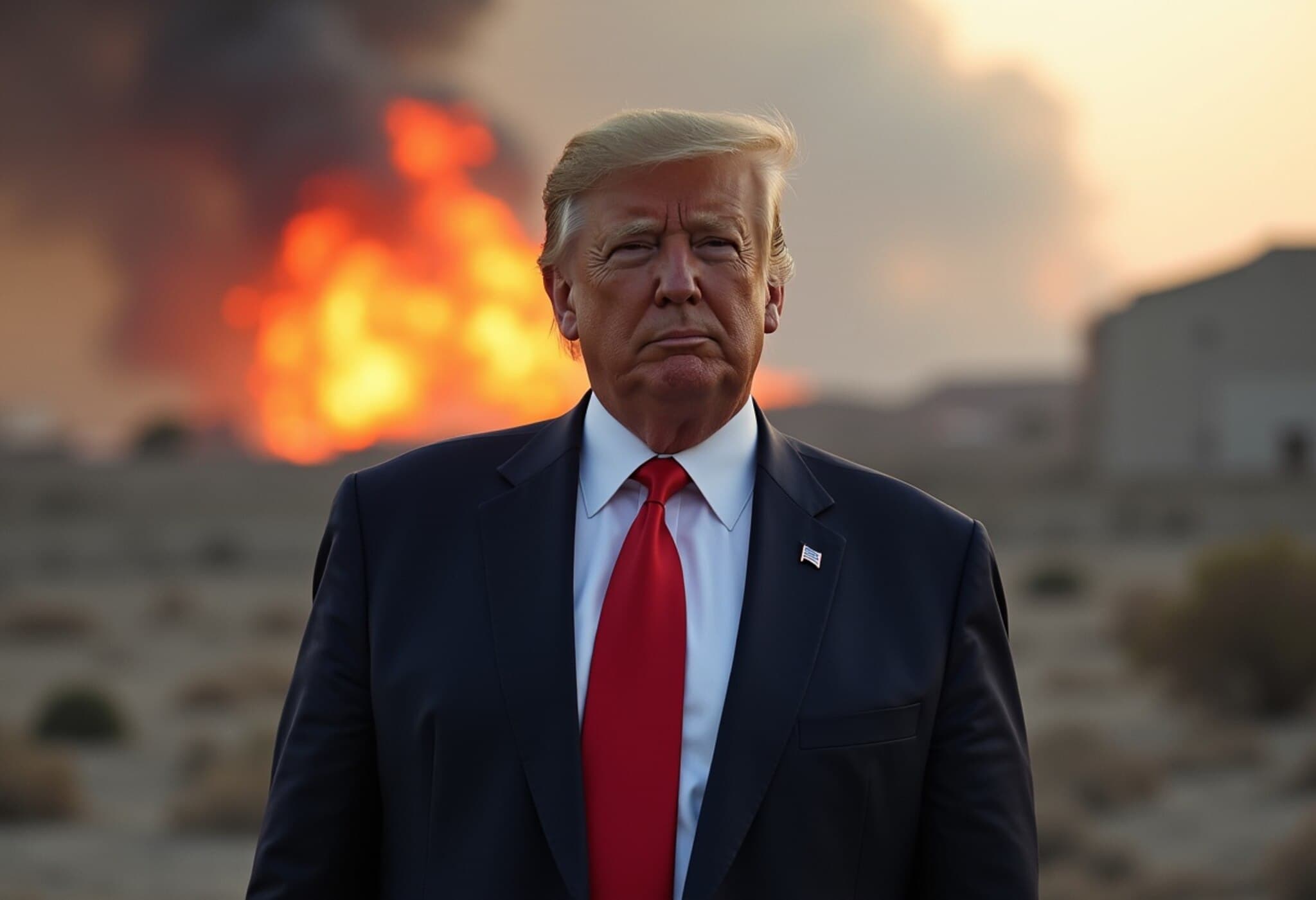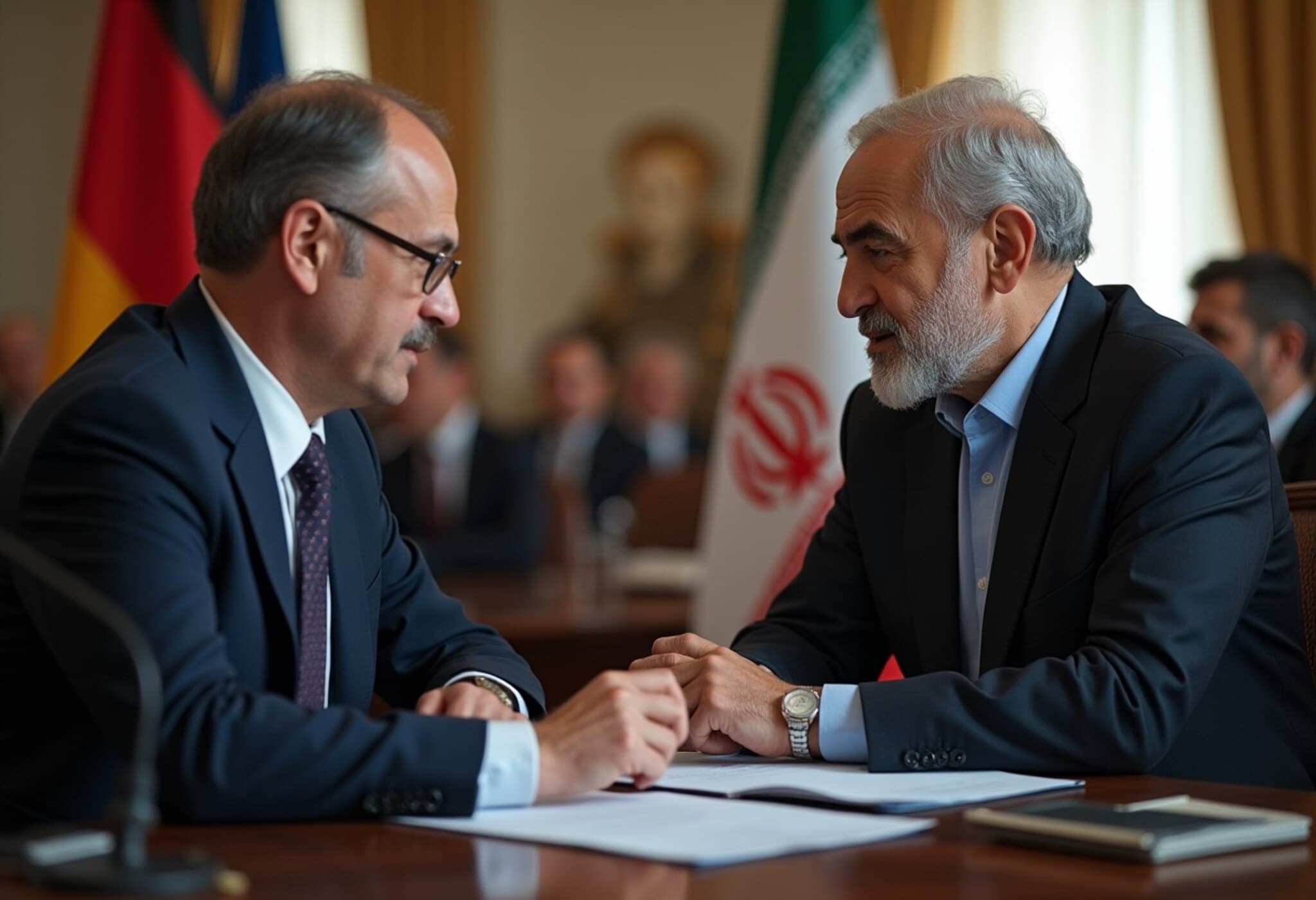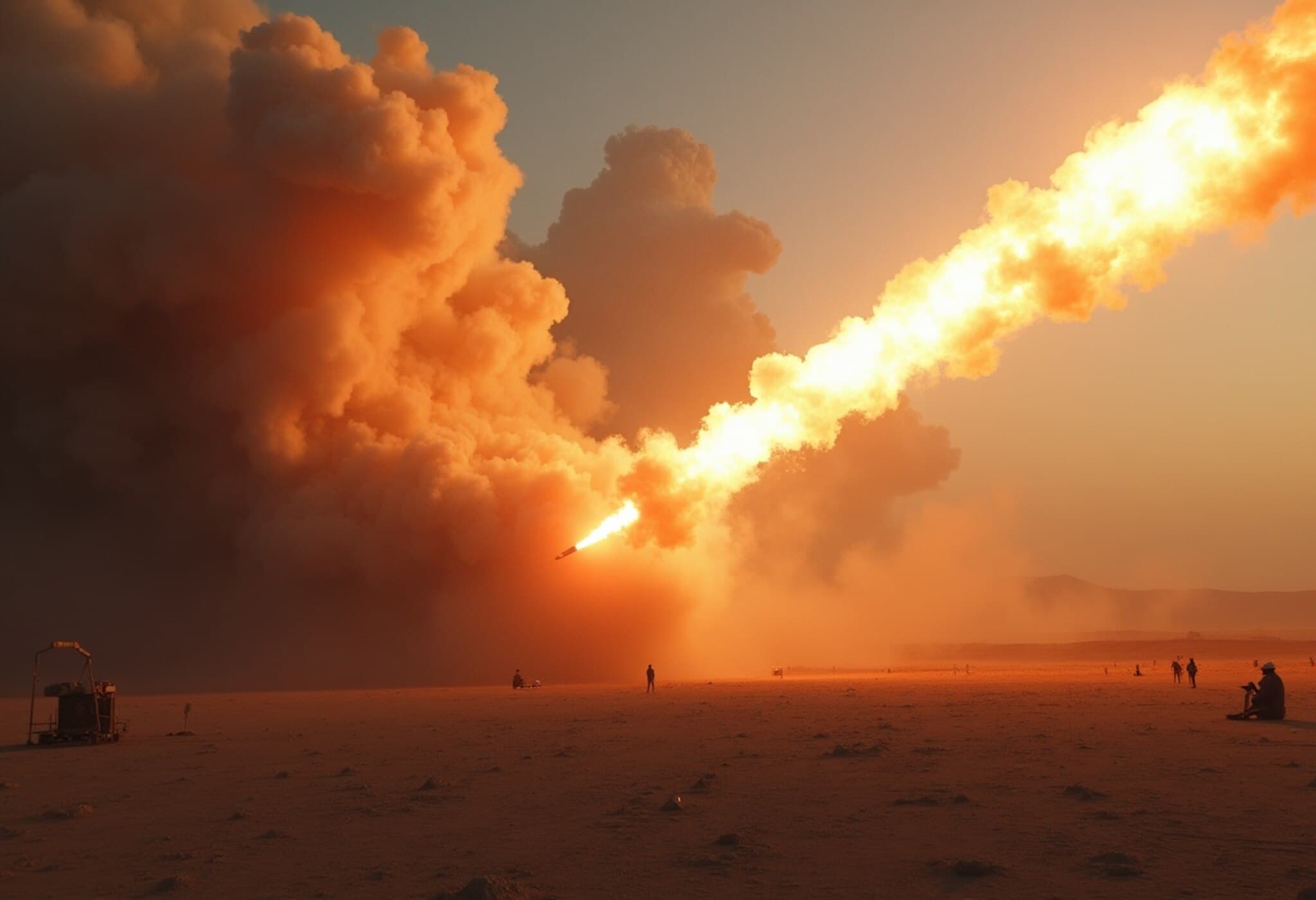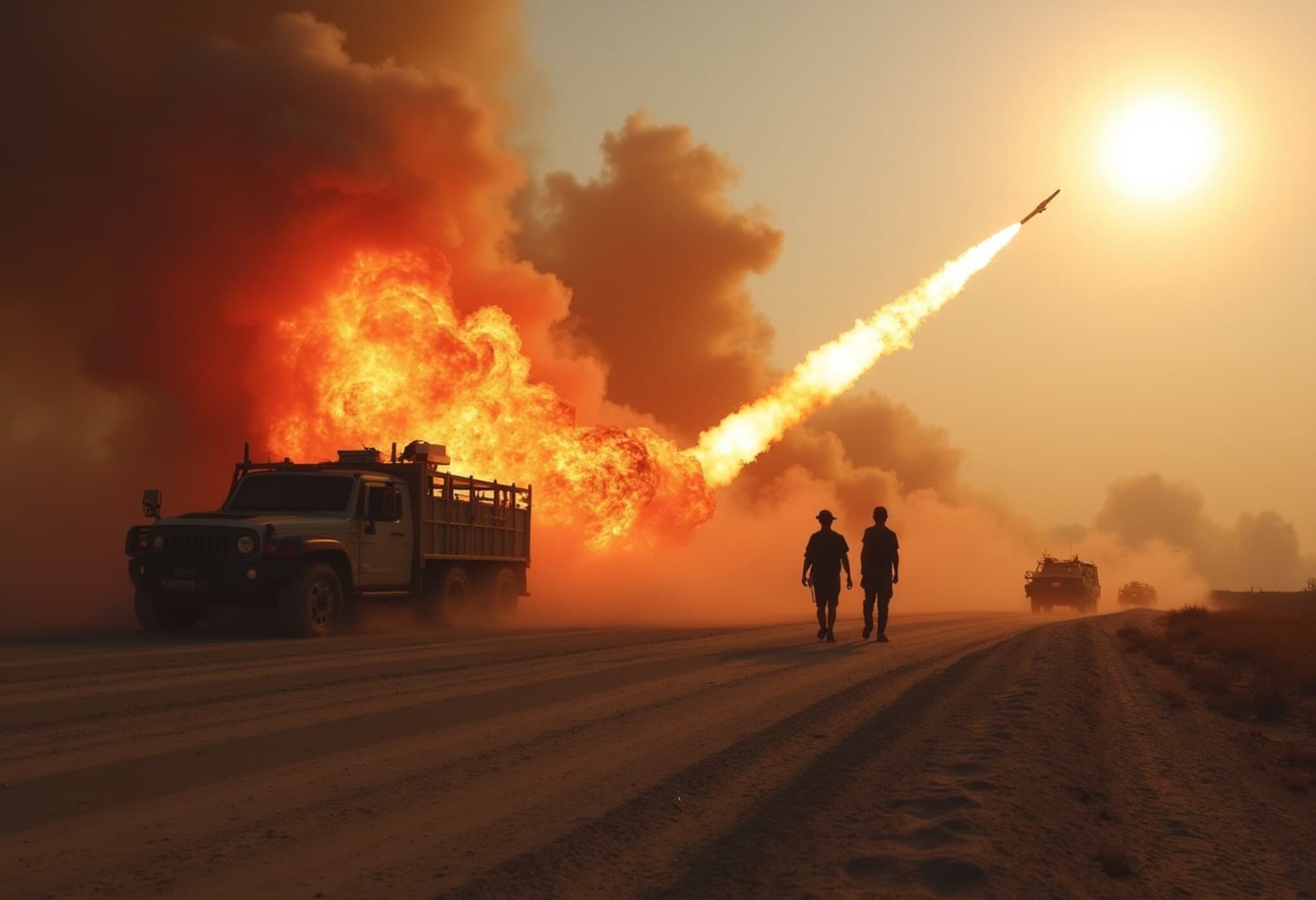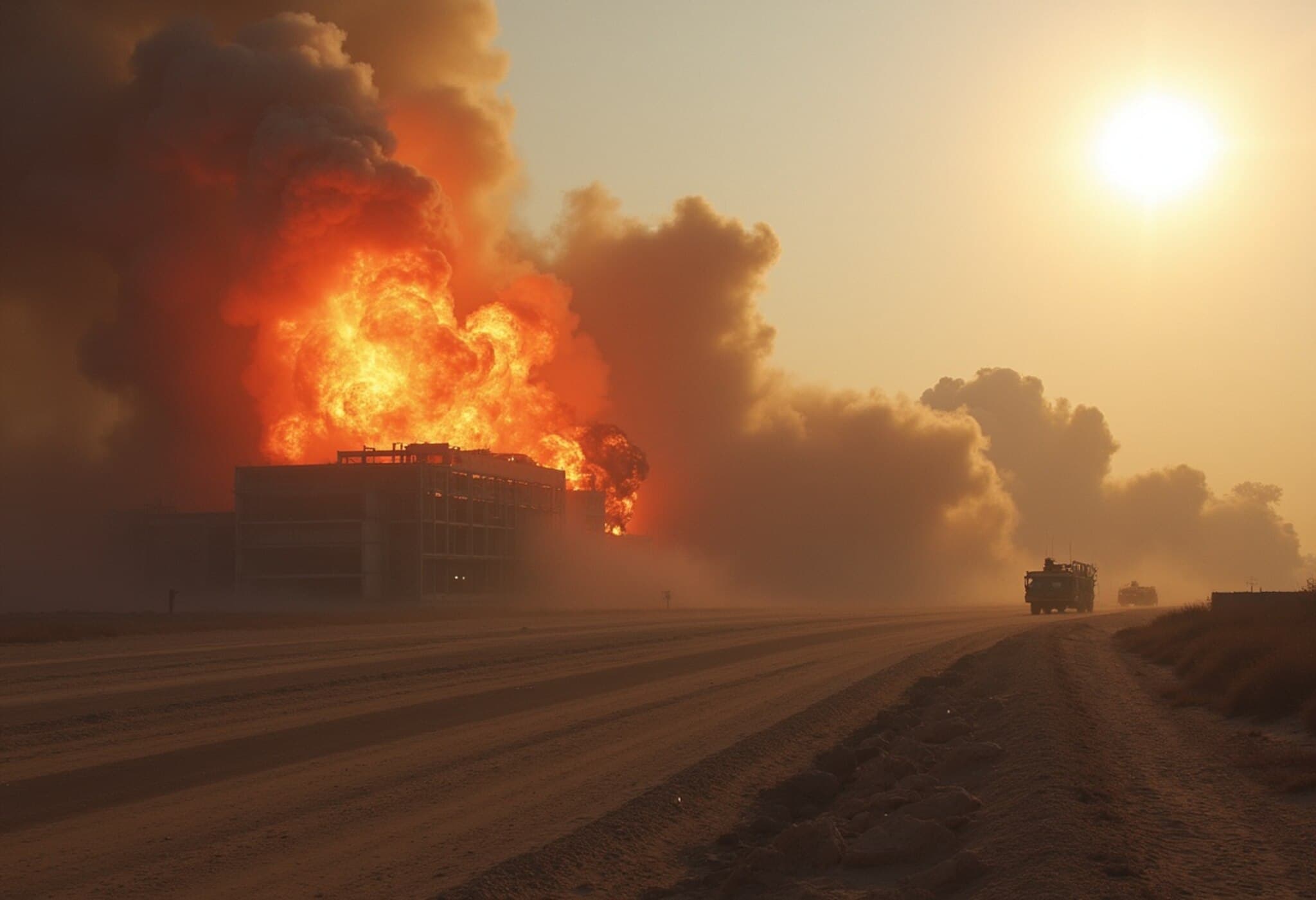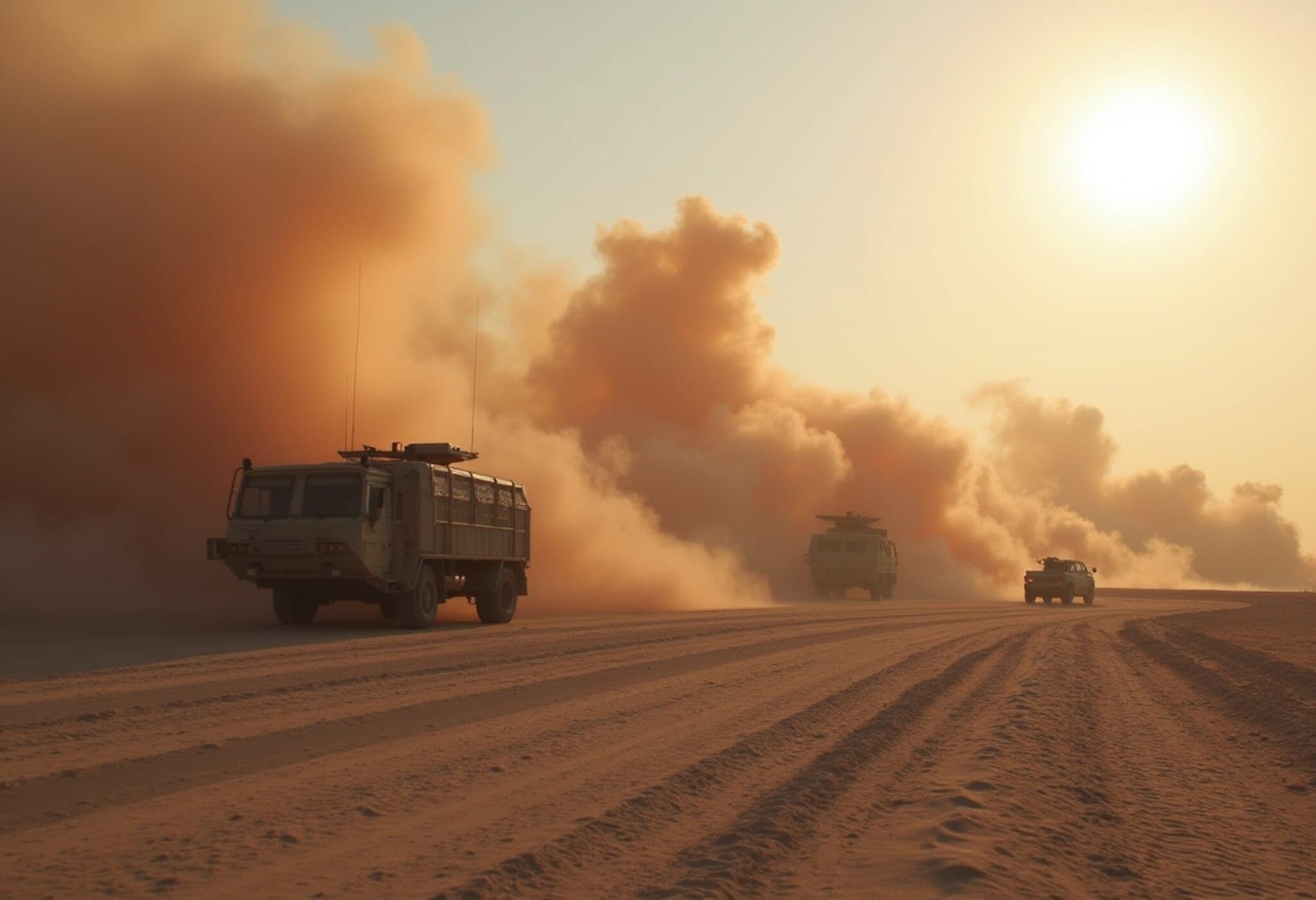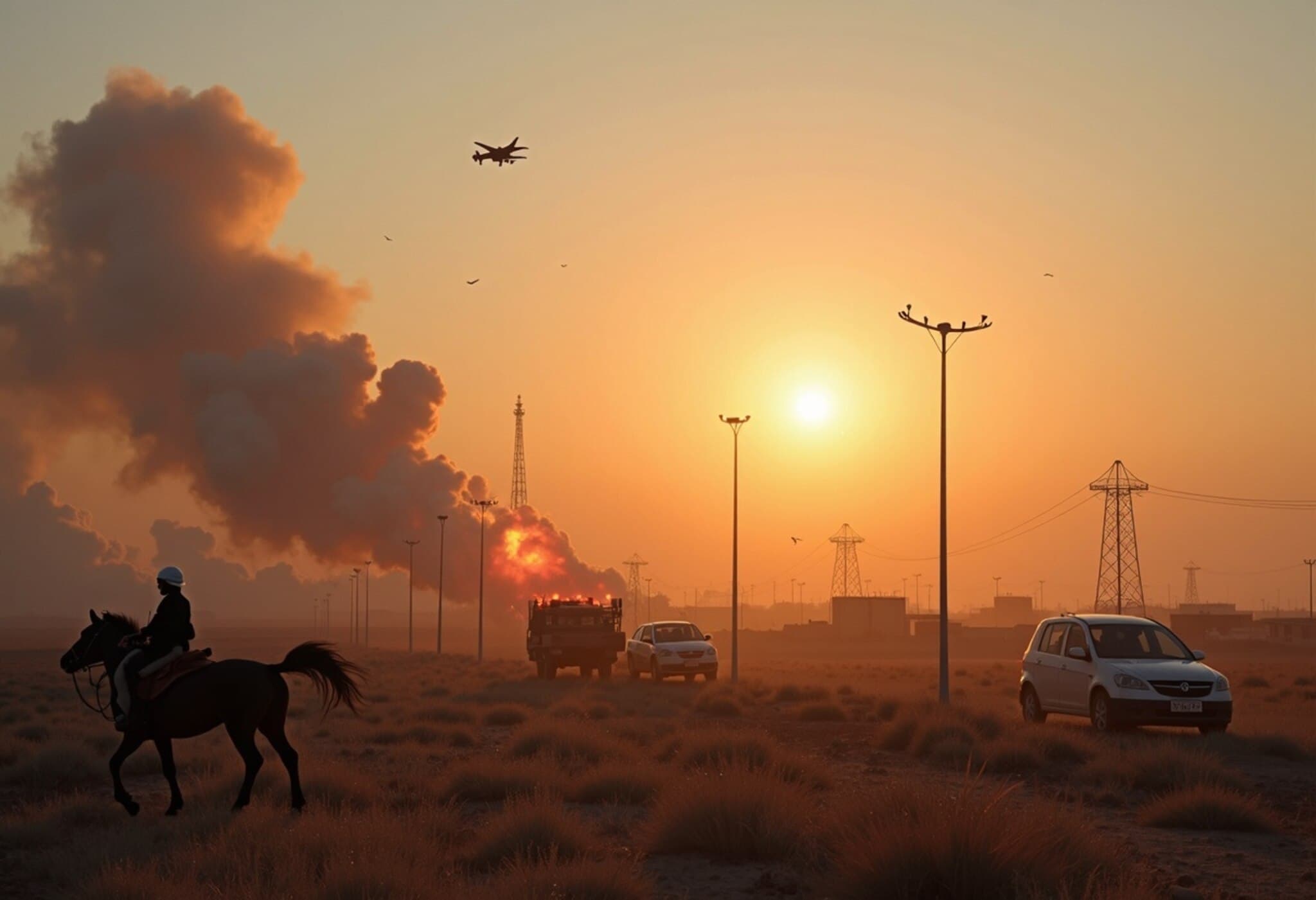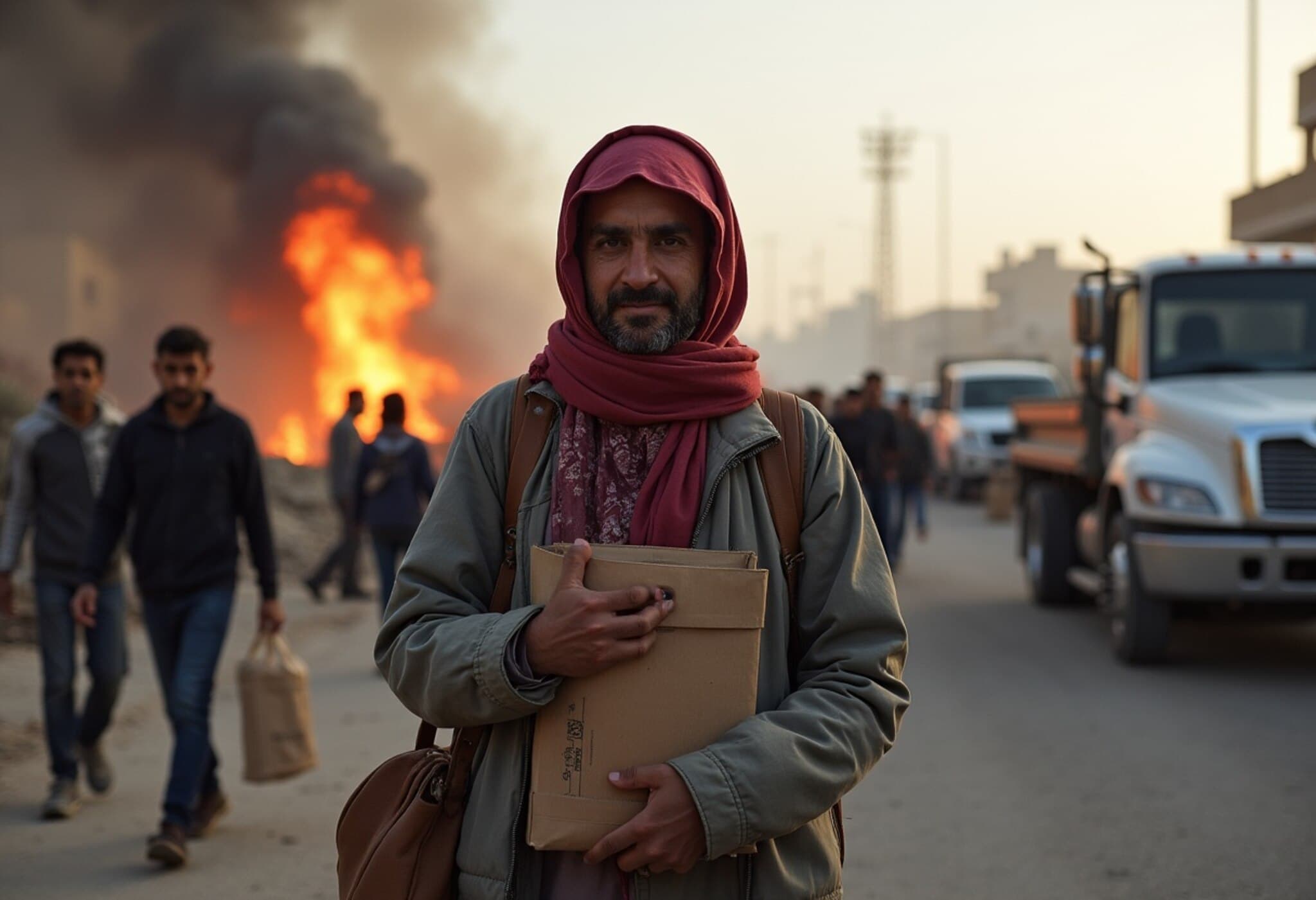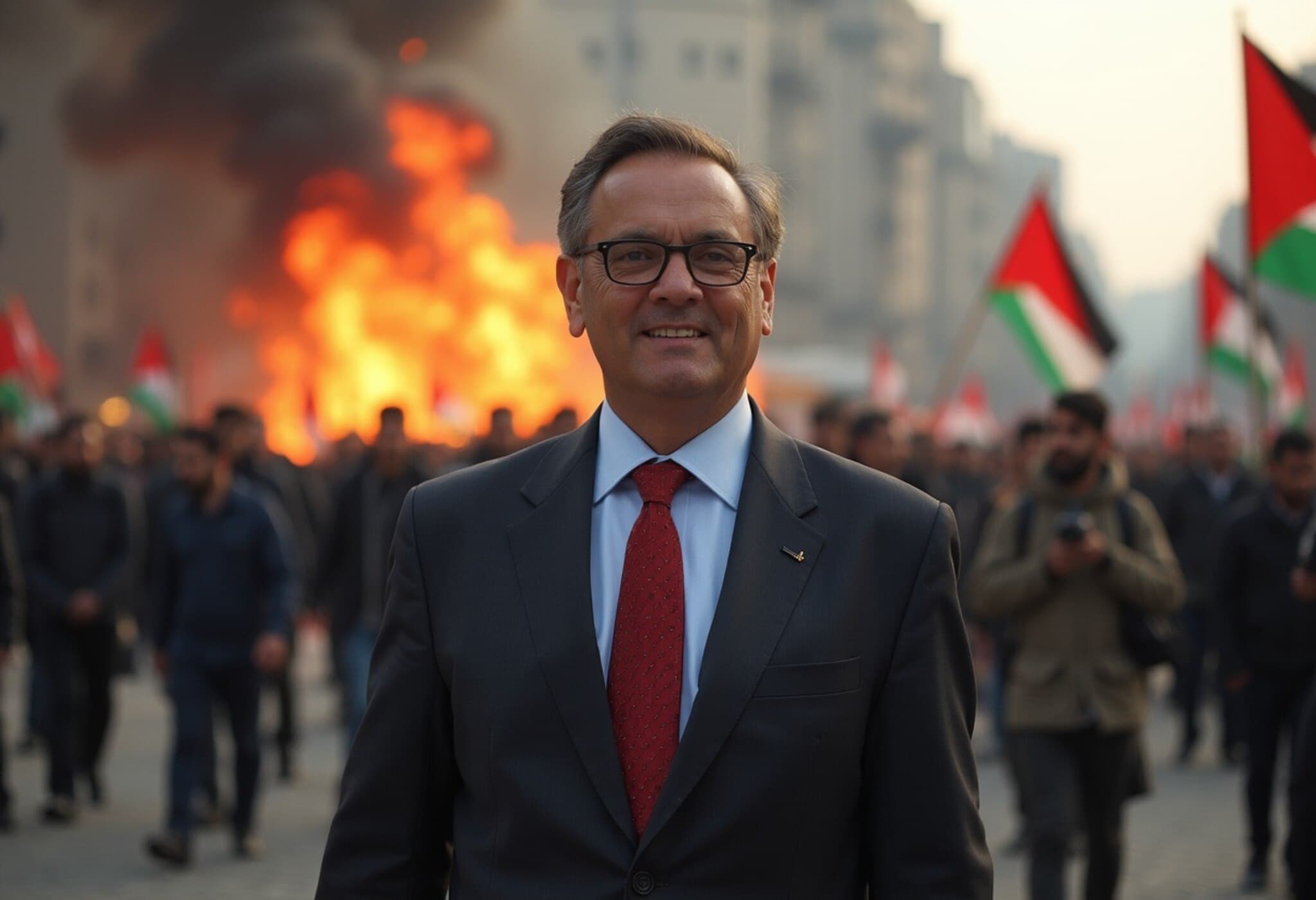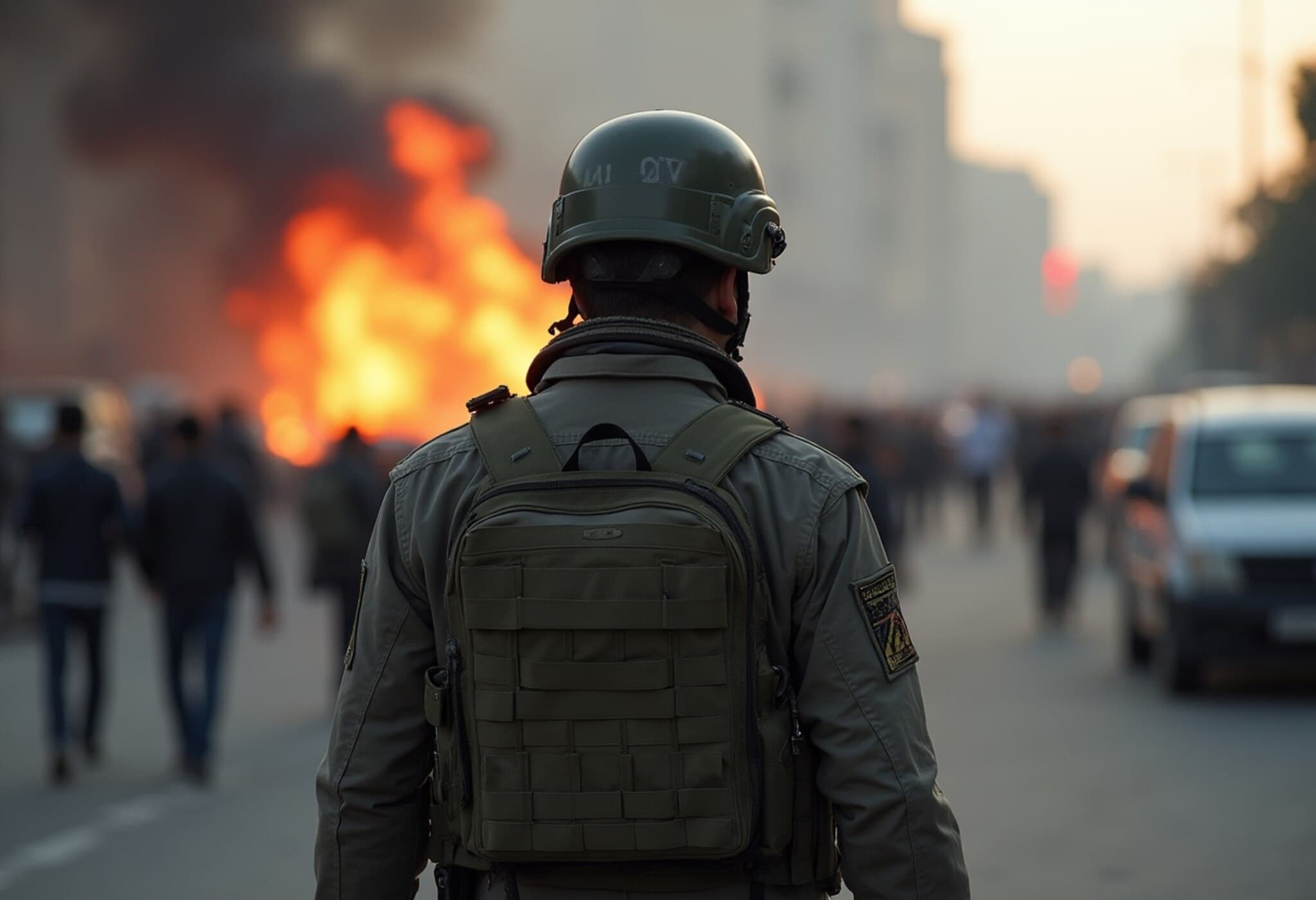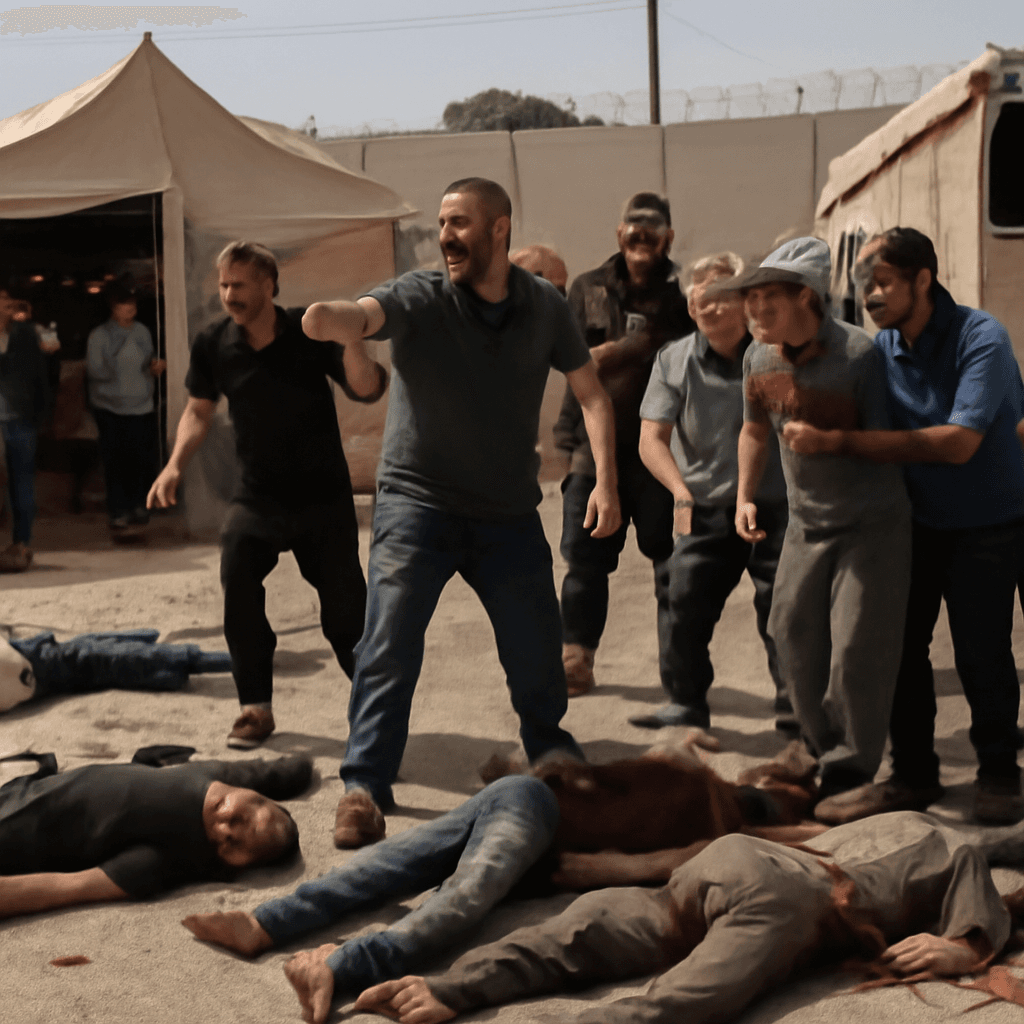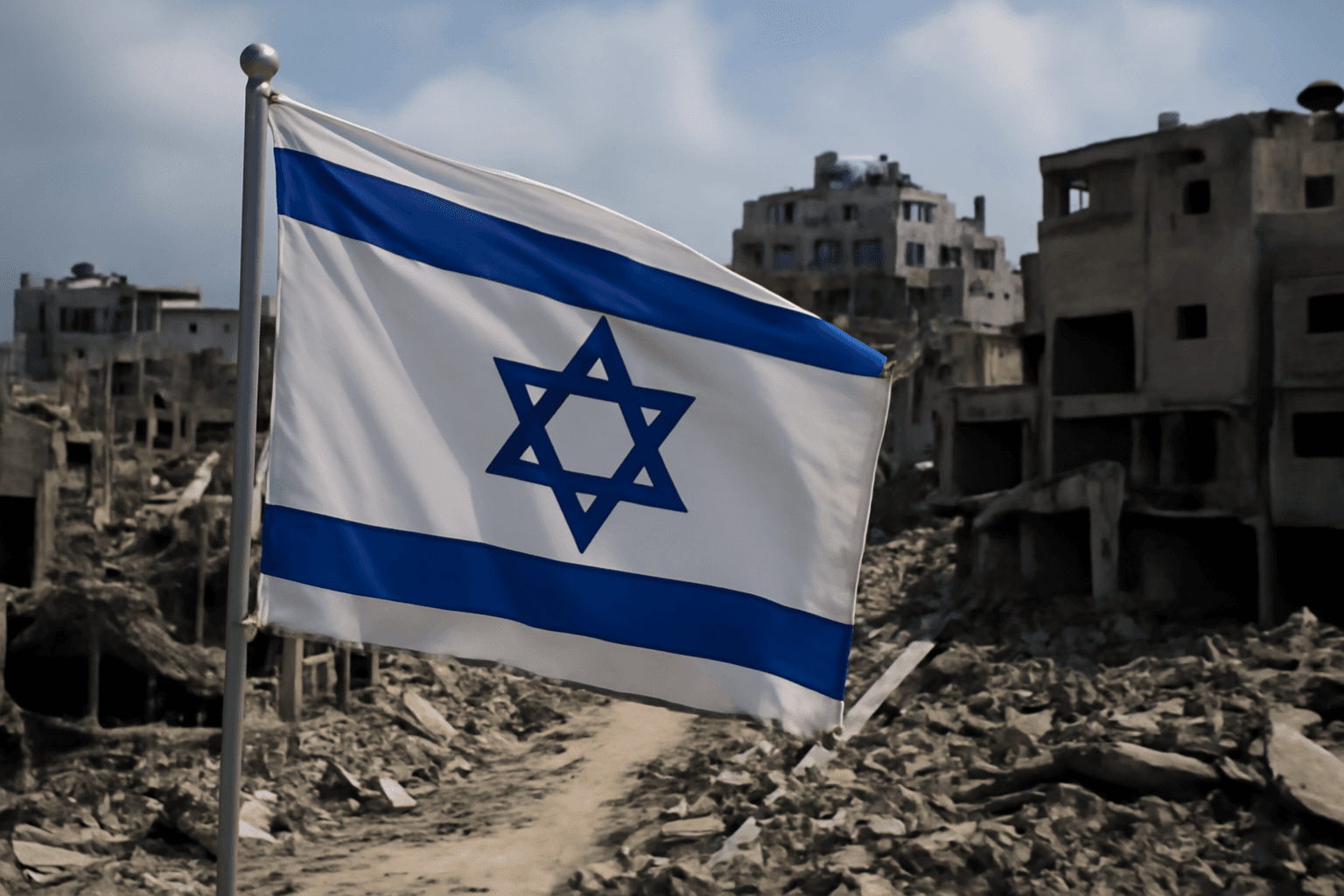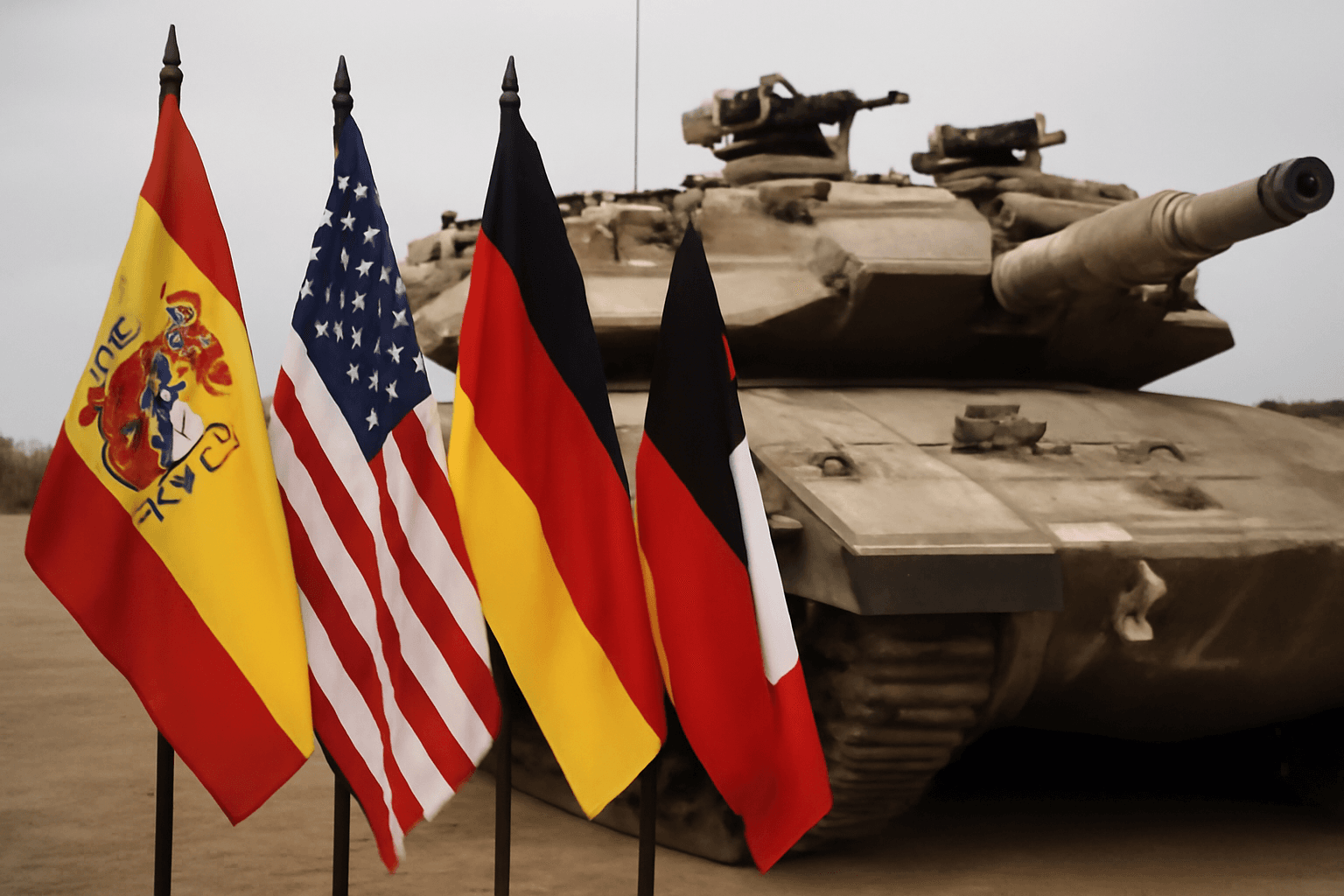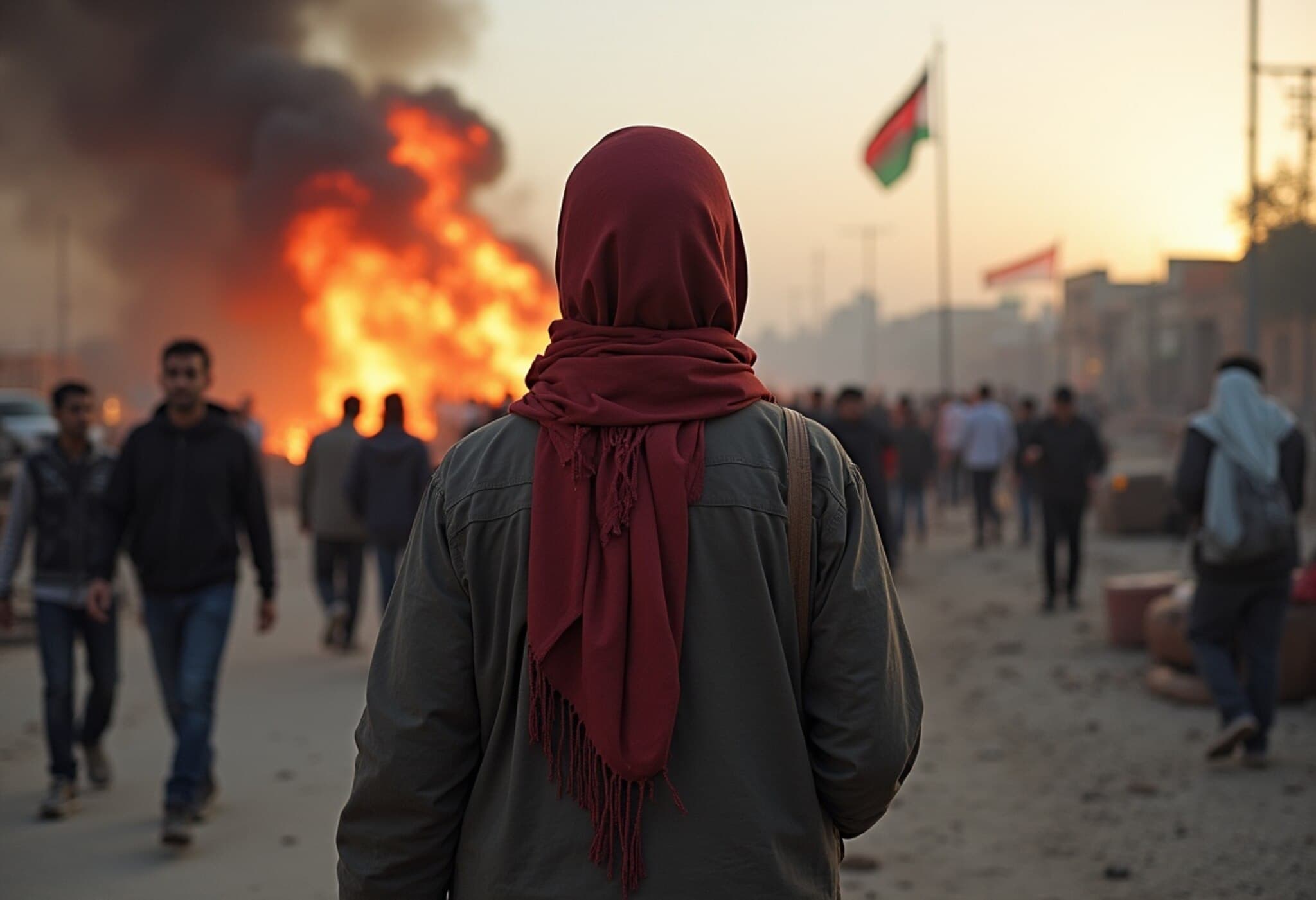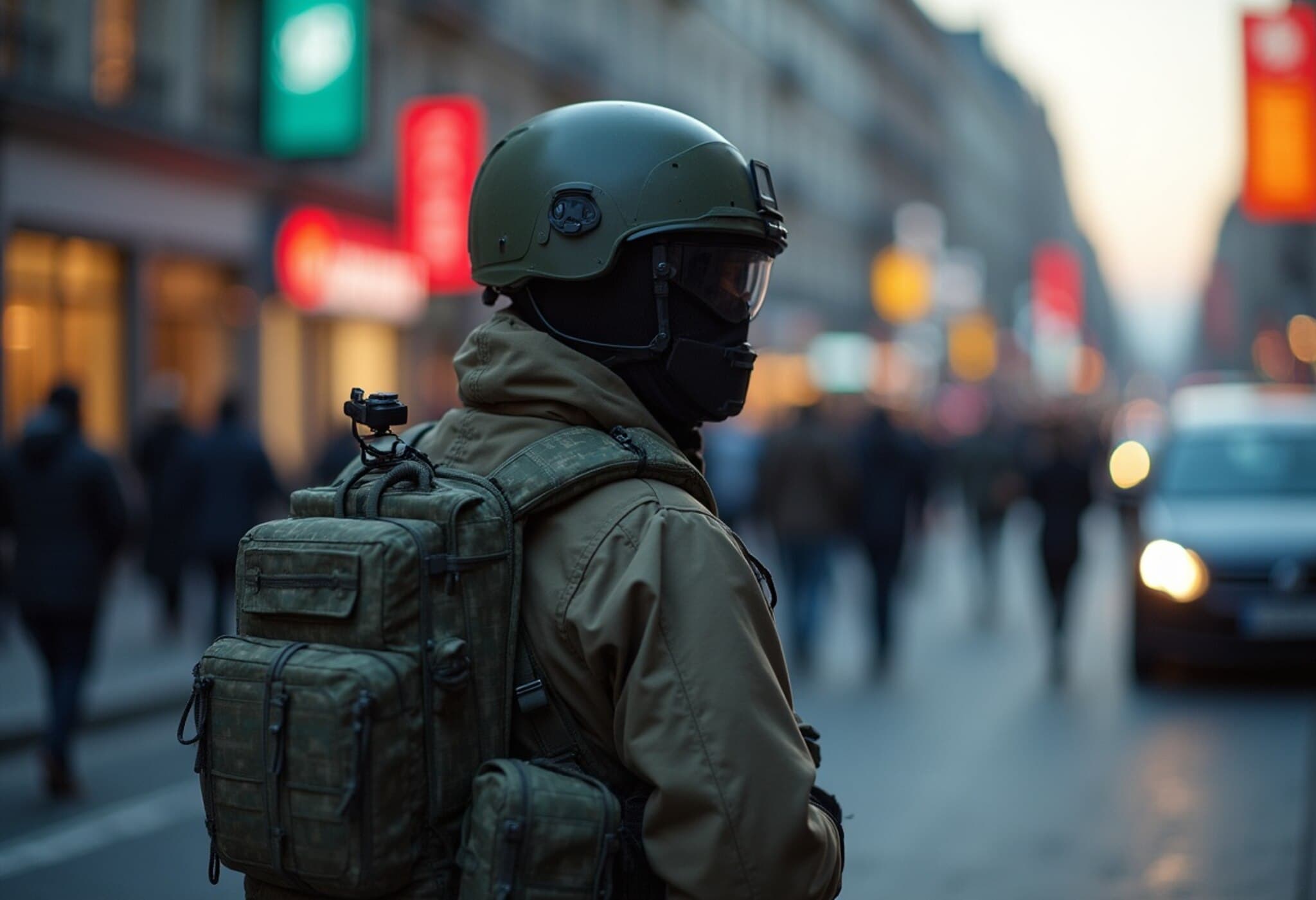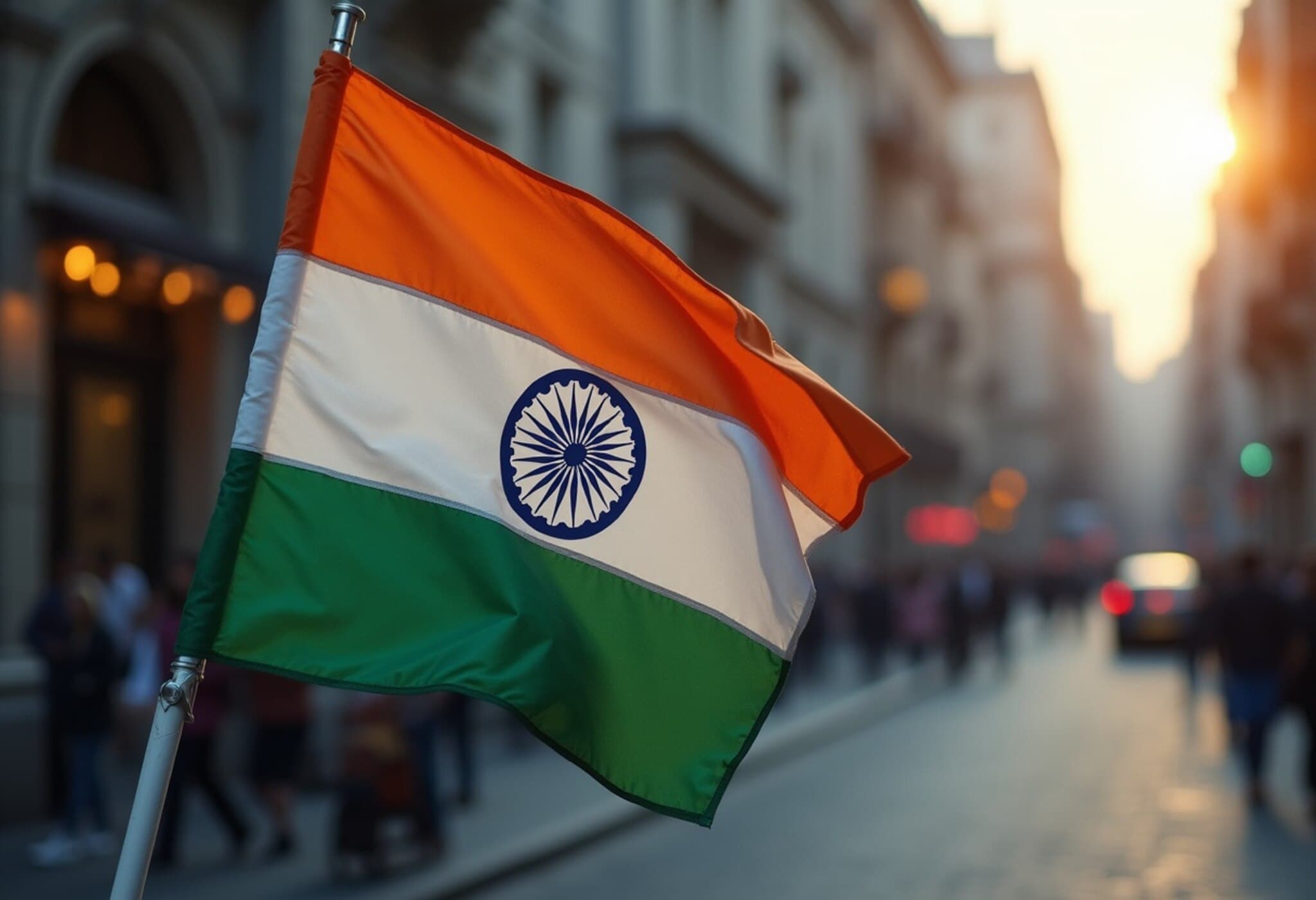Escalation in Gaza Amid Renewed Ceasefire Negotiations
In a stark development on August 14, 2025, Israeli military operations intensified across eastern Gaza City, leading to the demolition of several homes and the tragic loss of at least 11 lives. This surge in hostilities coincides with a parallel diplomatic effort unfolding in Cairo, where Egyptian officials are hosting Hamas delegates in a bid to revive stalled ceasefire discussions.
On the Ground: Tank Shelling and Airstrikes
According to local health spokespeople and eyewitnesses, fierce Israeli tank bombardment on the Zeitoun neighborhood alone claimed the lives of eight civilians with multiple families trapped under debris and rescue efforts struggling to reach them. Further casualties resulted from an airstrike in Shejaia, a nearby suburb, and additional tank fire in the Tuffah district.
"The explosions are relentless, especially in Zeitoun and Shejaia. It feels like homes are being systematically erased. We pray for protection every night," shared Ismail, a 40-year-old resident, highlighting the haunting reality for Gaza's civilians amidst the chaos.
Humanitarian Crisis Deepens
Over 22 months since the onset of Israel’s military campaign against Hamas, the humanitarian situation inside Gaza is deteriorating at an alarming rate. Gaza's health ministry reports four more deaths due to starvation and malnutrition in the past day, bringing the tragic toll to 239, including 106 children, since the conflict began. While Israel disputes these numbers, the stark indicators of a humanitarian emergency are impossible to ignore.
Diplomatic Efforts and Challenges
Egypt’s mediation efforts, hosting a Hamas delegation led by chief negotiator Khalil Al-Hayya, offer a glimmer of hope. Al-Hayya expressed Hamas’s willingness to resume ceasefire talks and consider a lasting accord that could potentially end hostilities. Yet, the path to peace is fraught with persistent obstacles, given the entrenched demands around military withdrawal and disarmament.
Recent indirect negotiations in Qatar stalled in late July, with both Israel and Hamas blaming each other for the breakdown. Key sticking points include Israel’s security concerns and Hamas’s demand for political recognition and cessation of military action.
Contextualizing the Conflict
The current phase of violence traces back to October 7, 2023, when Hamas militants launched a large-scale incursion into southern Israel, killing approximately 1,200 people and taking 251 hostages. Since then, Israel’s intensive military offensive in Gaza has reportedly resulted in over 61,000 Palestinian deaths, predominantly civilians, according to Gaza health officials.
Experts emphasize the profound complexity of achieving a sustainable peace in the region, underscoring that any resolution must address humanitarian concerns, security imperatives, and the deep-rooted political grievances on both sides.
What Lies Ahead?
- With Israeli forces planning a renewed invasion into Gaza City looming, the potential for massive civilian displacement and casualties remains high.
- Egypt’s role as a mediator is critical yet challenges abound given the differing objectives of Israel and Hamas.
- The international community faces mounting pressure to re-engage proactively to avert further deterioration of the humanitarian crisis.
Editor’s Note
As violence escalates and negotiations inch forward, the human cost of the conflict continues to rise alarmingly in Gaza. Beyond the battlefield statistics lie the stories of families trapped by relentless shelling and a burgeoning hunger crisis. The international community’s role in supporting ceasefire efforts and humanitarian aid is more urgent than ever. Readers are invited to reflect on the complex layers shaping this conflict and consider how regional diplomacy, public awareness, and policy decisions intersect to offer possible paths to peace.

